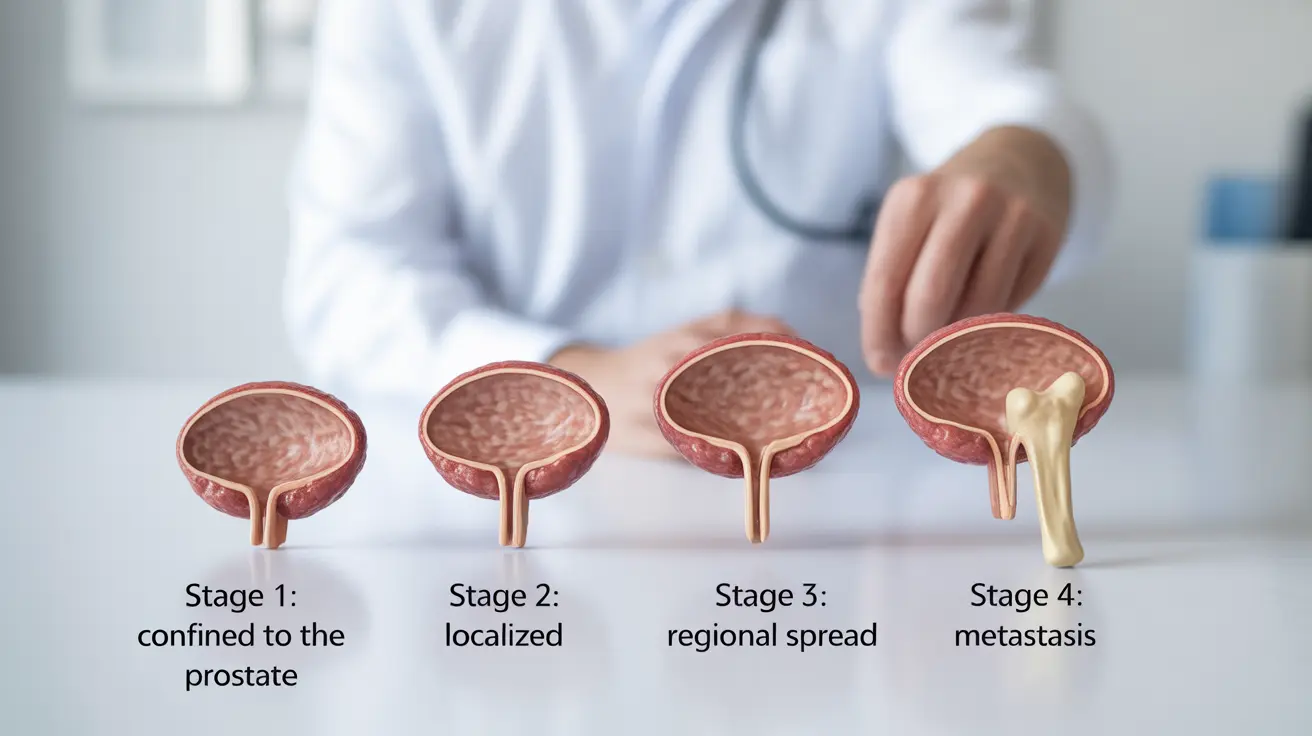Warfarin, a commonly prescribed blood thinner, has been a cornerstone in preventing blood clots for decades. However, its use comes with the risk of excessive bleeding, which can be life-threatening. Understanding the antidotes available for warfarin and staying informed about new developments in anticoagulant therapy is crucial for patients and healthcare providers alike. This article explores the current landscape of warfarin reversal agents and introduces an exciting new anticoagulant with a fast-acting antidote that could revolutionize blood thinner treatments.
Symptoms of Excessive Bleeding Due to Warfarin
Recognizing the signs of excessive bleeding caused by warfarin is critical for prompt treatment. Common symptoms include:
- Unexplained bruising or bruises that grow in size
- Prolonged bleeding from cuts or nosebleeds
- Blood in urine, stool, or vomit
- Severe headache or abdominal pain
- Dizziness or weakness
If you experience any of these symptoms while taking warfarin, it's essential to seek immediate medical attention. Healthcare providers can assess the severity of the bleeding and initiate appropriate treatment.
Traditional Warfarin Antidotes
Vitamin K
Vitamin K is the primary antidote used for warfarin reversal in non-emergency situations. It works by promoting the production of clotting factors that warfarin inhibits. However, its effects are not immediate and can take several hours to days to fully reverse warfarin's anticoagulant action.
Prothrombin Complex Concentrate (PCC)
For more urgent cases of warfarin-induced bleeding, prothrombin complex concentrate (PCC) is often used. PCC contains concentrated clotting factors and can reverse warfarin's effects more rapidly than vitamin K alone. It's particularly useful in life-threatening bleeding situations or when emergency surgery is required.
Risks Associated with Warfarin Use
While warfarin is effective in preventing blood clots, it carries several risks that require careful management:
- Bleeding complications, ranging from minor to severe
- Interactions with numerous medications and foods
- Need for regular blood tests to monitor INR levels
- Narrow therapeutic window, requiring frequent dose adjustments
Effective management of these risks involves close monitoring by healthcare providers, patient education on diet and medication interactions, and adherence to prescribed dosing schedules.
New Anticoagulant with Fast-Acting Antidote
Recent research has led to the development of a novel anticoagulant that addresses many of the challenges associated with traditional blood thinners like warfarin. This new medication utilizes a supramolecular anticoagulant mechanism, offering several advantages:
Rapid Onset and Offset
Unlike warfarin, which can take days to reach therapeutic levels, the new anticoagulant acts quickly. More importantly, its effects can be rapidly reversed with a specifically designed antidote, providing a significant safety advantage in emergency situations.
Improved Safety Profile
The ability to quickly neutralize the anticoagulant effect reduces the risk of uncontrolled bleeding, a major concern with warfarin use. This could potentially allow for more aggressive anticoagulation therapy when needed, without compromising patient safety.
Reduced Monitoring Requirements
The predictable pharmacokinetics of the new anticoagulant may reduce or eliminate the need for frequent blood tests to monitor coagulation levels, improving quality of life for patients on long-term anticoagulation therapy.
Comparing New and Traditional Anticoagulants
While the new supramolecular anticoagulant shows promise, it's important to understand how it compares to established medications like warfarin:
- Speed of Action: The new anticoagulant and its antidote work much faster than warfarin and vitamin K.
- Reversibility: Both can be reversed, but the new medication offers near-immediate reversal in emergency situations.
- Monitoring: Warfarin requires regular INR monitoring, while the new anticoagulant may require less frequent testing.
- Drug Interactions: Warfarin has numerous food and drug interactions; the new medication may have fewer, but this needs further study.
As research progresses, this innovative approach to anticoagulation could significantly improve the safety and efficacy of blood thinner treatments, potentially reducing complications and improving outcomes for patients requiring anticoagulation therapy.
Frequently Asked Questions
- What are the symptoms of excessive bleeding due to warfarin use, and how should they be treated?
Symptoms of excessive bleeding due to warfarin include unexplained bruising, prolonged bleeding from cuts, blood in urine or stool, severe headache, and dizziness. Treatment typically involves discontinuing warfarin and administering vitamin K or prothrombin complex concentrate, depending on the severity. Immediate medical attention is crucial.
- How does the new anticoagulant with a fast-acting antidote work compared to traditional medications like warfarin?
The new anticoagulant utilizes a supramolecular mechanism that allows for rapid onset and offset of anticoagulation. Unlike warfarin, which takes days to reach therapeutic levels and can be slow to reverse, the new medication can be quickly neutralized with its specific antidote, offering improved safety and flexibility in managing anticoagulation.
- What are the risks associated with using warfarin, and how can they be managed effectively?
Risks of warfarin include bleeding complications, drug and food interactions, and the need for frequent monitoring. Effective management involves regular INR testing, careful dosage adjustments, patient education on diet and medication interactions, and prompt communication with healthcare providers about any unusual symptoms or bleeding events.
- What are the differences between using vitamin K and other antidotes like prothrombin complex concentrate for warfarin reversal?
Vitamin K works by promoting the body's production of clotting factors but takes hours to days for full effect. Prothrombin complex concentrate (PCC) contains concentrated clotting factors and works more rapidly, making it suitable for emergency situations. PCC is often used in conjunction with vitamin K for severe bleeding or when urgent surgery is needed.
- How does the new supramolecular anticoagulant mechanism offer advantages over traditional blood thinners in terms of safety and efficacy?
The supramolecular anticoagulant offers advantages in rapid reversibility, potentially reducing the risk of serious bleeding complications. Its predictable pharmacokinetics may reduce the need for frequent monitoring, and the ability to quickly neutralize its effects could allow for more aggressive anticoagulation when needed without compromising safety. These features could lead to improved efficacy and a better quality of life for patients requiring long-term anticoagulation therapy.




